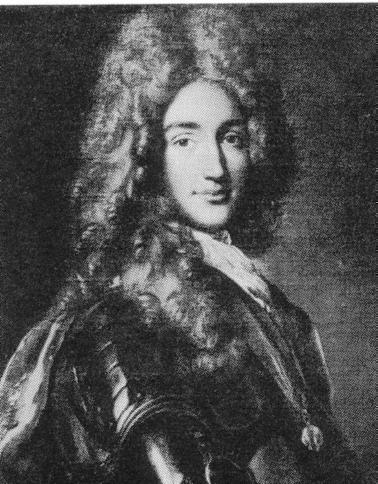Just as we look back to previously published works on Newry, so too Bradshaw (1820) looks back for enlightenment to an ‘old County Down Survey’ of 1740.
He avers that this states, that ‘it was still fresh in the memories of some ancient inhabitants of the town that in the year 1688 certain English soldiers, in burying their dead, discovered in the south-east quarter of the Abbey, the stumps of some trees of fine wood: and without regard to the place, rooted up and converted them to several domestic utensils, the wood being red and bearing a fine polish.’
Bradshaw continues ..
‘This Abbey was situated in
It should be noted that the unnamed author of the earlier work had no compunction about referring to ‘the Abbey’ some two centuries after its dissolution; nor about censoring the English soldiers for not respecting it or the sanctity of the surrounding burial site.
It was however for Newry, the worst of times.
So much for our heritage from the Bagenals – who were, within a generation to relinquish ownership of Newry and the former Abbey lands to their relatives, the Needhams [the Louth portion going to Edward Bayly].
… Creely gets Carneyhaugh …
